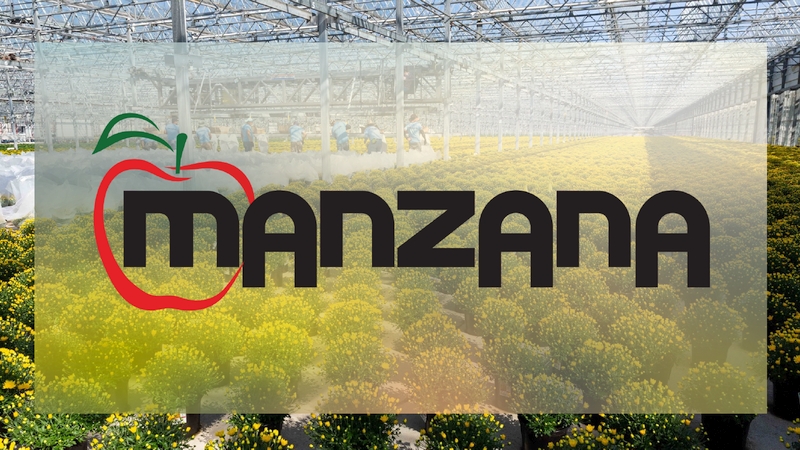A Greenhouse Guide to Safe Handling of Crop Protection Materials
Each plant you grow requires the right amount of light, warmth, air, and water to thrive. It’s why you’re in business and it’s how you grow a product your customers love.
Sometimes, that same environment needs protection against insects and diseases, which is why many businesses rely on pesticides. While pesticides protect your crops, they can also cause harm to your team or customers.
In my time as a safety services manager at Hortica, I’ve received questions from business owners about the pesticides they use. Those conversations often focus on safety, and more specifically how to handle pesticides safely.
For this article, I’ve boiled the main highlights of those discussions into four areas. As you read on, consider which tips might apply to your operations.
Employee Training
Equipping your team with training is one of the most valuable first steps you can take — and several resources can help you get started. The Workers Protection Standard (WPS) details which individuals on your team must receive WPS training before working with pesticides. Here are the two criteria that would require an employee to receive training:
- Any worker who enters a treated area on an agricultural establishment where a WPS-labeled pesticide has been used — or where a restricted entry interval (REI) for a pesticide has been in effect—within the last 30 days.
- Any handler, or early-entry worker, who conducts any handling or early-entry tasks.
Often, your business may hire someone to train members of your team. Before you do, note that the EPA outlines separate qualifications for trainers. Since this article focuses on handling, I won’t cover those standards; however, page 29 of the WPS manual discusses this further.
Employee Handling
Once all workers and handlers receive their annual WPS training, you’ll need to provide them with the appropriate protection. Personal protective equipment (PPE) is one of the most effective — and necessary — tools when your team handles pesticides.
The type of PPE you’ll need to provide as a business may vary depending on the label. However, there are a few supplies to maintain onsite:
- Respirators
- Chemical-resistant aprons, footwear, headgear, and suits.
- Coveralls
- Gloves
- Protective eyewear
Gathering and providing PPE supplies for your team is only the first step though. PPE is only helpful if it’s used appropriately. Talk with your team and train them before they use protective equipment to ensure they’re using it effectively.
When your busy season approaches, employees may overlook some of the training tips you provide. Have your management team touch base with handlers and workers who apply pesticides throughout the growing season. A few conversations can provide great opportunities for positive feedback and ongoing recommendations.
Finally, don’t forget to inspect, clean, and replace PPE. To reduce PPE contamination, maintain a consistent cleaning and replacement routine. A regular schedule will help avoid confusion and give your employees the protection needed to handle pesticides.
Storing Pesticides
Between usage, your greenhouse needs a place to store pesticides — and where you keep them matters. By following a label’s specific instructions and avoiding extreme temperatures, you might think your business is storing its pesticides in a safe place.
But consider the added risks that could result from a spill, fire, or flood in your storage area. For this reason, it’s best to talk with your local fire department ahead of time. The types and location of pesticides on your property can help the fire department better understand how to respond to an emergency without worsening a spill or fire.
Your business may also have both federal and state regulations that influence how you store pesticides. If your business uses portable containers, such as 55-gallon drums or smaller, visit the EPA’s storage page. If you rely more on stationary containers that are 500 gallons or lager, the EPA’s containment page can provide you with more information.
General Liability Insurance
Even when your team takes precautions, individuals outside of your team might claim that your business caused damage due to spraying, drifting, or transporting chemicals.
General liability coverage — and more specifically, chemical application coverage — can help add an extra layer of protection to your business. Since policies and exclusions can vary, talk with your insurer to understand what risks your policy covers. Adding insurance that complements your safety efforts can give your business better peace of mind and stronger protection.
If you’ve made it this far, you’re already taking one of the most important steps: staying informed. While I covered important tips, this article should only serve as a set of reminders. It doesn’t replace the conversations you should have with your local experts. If you find yourself with more questions in the future, visit the EPA’s website for the latest information.
With a focus on safety, you can protect your crops, employees, and customers when using pesticides. Be safe and best of luck this year.









